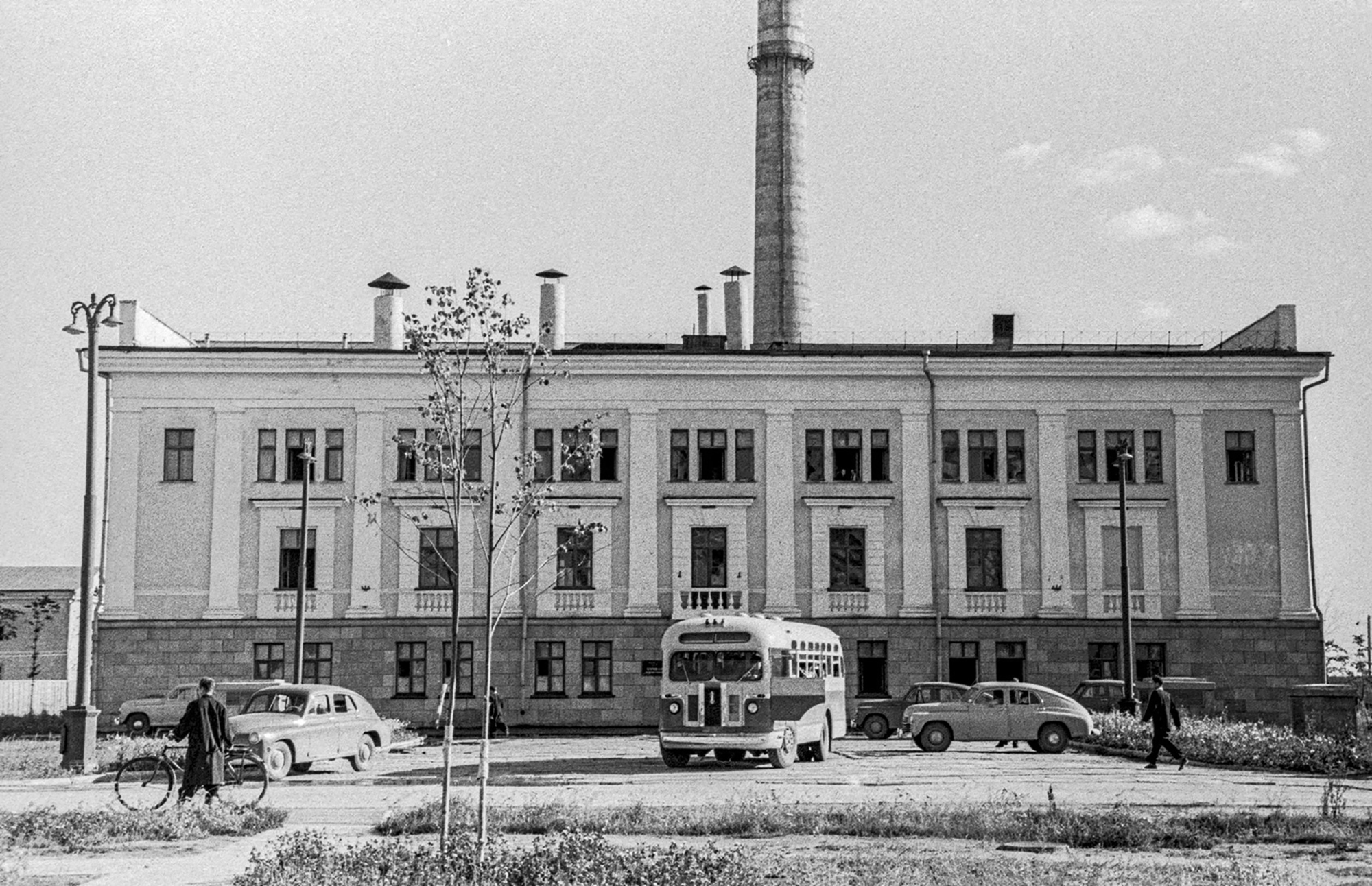
- Obninsk, Soviet Union, 27 June 1954. The nuclear power plant, newly built 110 kilometres from Moscow, was first connected to the grid and was the first nuclear reactor producing industrial energy.

Obninsk was operating successfully until 29 April 2002, when there was no accident at the reactor plant. It has to be said, however, that the reactor produced very small scale energy and, in addition, it spent only four years connected to the public or commercial network; since 1959, the Obninsky reactor was used for the production and research of isotopes.
The construction of the reactor began on 1 January 1951. In a few years they achieved enormous technological development in order to be able to use atomic science for energy production, and not only in the Soviet Union. The Cold War had just erupted and the United States did not want to be left behind in a conflict that was playing at many levels. In 1949, the U.S. Atomic Energy Commission acquired a large site in Idaho, where it built a reactors testing station. The STR Mark I reactor was ready for 1953. And yet, the Soviets won competition.
The military component to win this battle of the Cold War was fundamental, or rather, the abandonment of the military component. The US programme was intended to supply power to warships and submarines, while the Soviets would use it to meet civilian needs. They clearly made the decision consciously: The Obninsky power plant was named Atom Mirny or “peaceful atom.”
This atom was a fundamental milestone in the development of civilian nuclear power plants, but its contribution to peace was not very important; since then war and energy have been more united than ever, and not only in the Moscow environment.